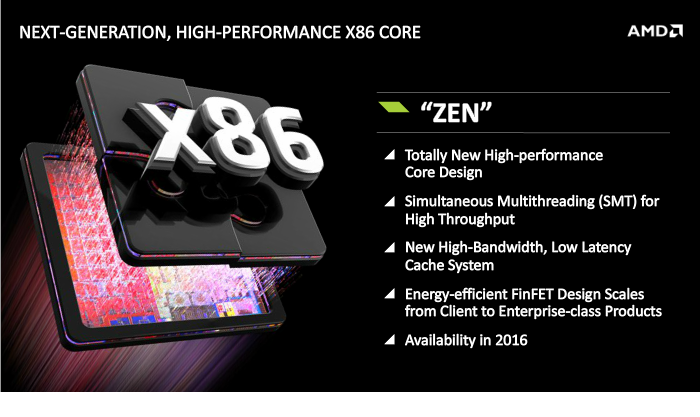

PAPERMASTER: It’s really an exciting time in the industry because what you’re seeing is a confluence of where we’re all being really in overload mode of the kind of the data that we’re being bombarded with every day. Nitin asked him about AMD’s new products. International correspondent Nitin Dahad caught up with Papermaster shortly after AMD’s presentation at CES. He’s been helping to guide AMD’s technological roadmap for years. Mark Papermaster is AMD’s chief technology officer. They included the Ryzen 4000 mobile CPU, the Threadripper 3990X high-end desktop chip (or HEDT) and the Radeon RX 5600 XT graphics card. In contrast, AMD introduced a slate of bold new products, most of them with specific launch dates. And just as AMD began delivering on those ambitions, Intel appeared to start stumbling.Īt the Consumer Electronics Show a couple of weeks ago, Intel offered some details about previously announced next-generation products, but was vague about when they’ll all hit the market. She encouraged the company to be far more ambitious. At roughly the same time, AMD hired Lisa Su as CEO. In the summer of 2014, the company reorganized into two business groups: one was Computing, the other was Graphics. In 2006, AMD bought into the graphics processing segment of the market with the acquisition of ATI. But compared to Intel, AMD’s corporate strategies and management never appeared quite as steady. Over the years, AMD has mostly prospered, largely by offering itself as an alternative to Intel. Other companies from that era – National Semiconductor, LSI Logic, Mostek – are gone (as is Fairchild itself), but AMD has been remarkably resilient across the decades. AMD was among the early wave of semiconductor companies born in late ‘60s and early ‘70s, many founded by former employees of Fairchild Semiconductor.


 0 kommentar(er)
0 kommentar(er)
